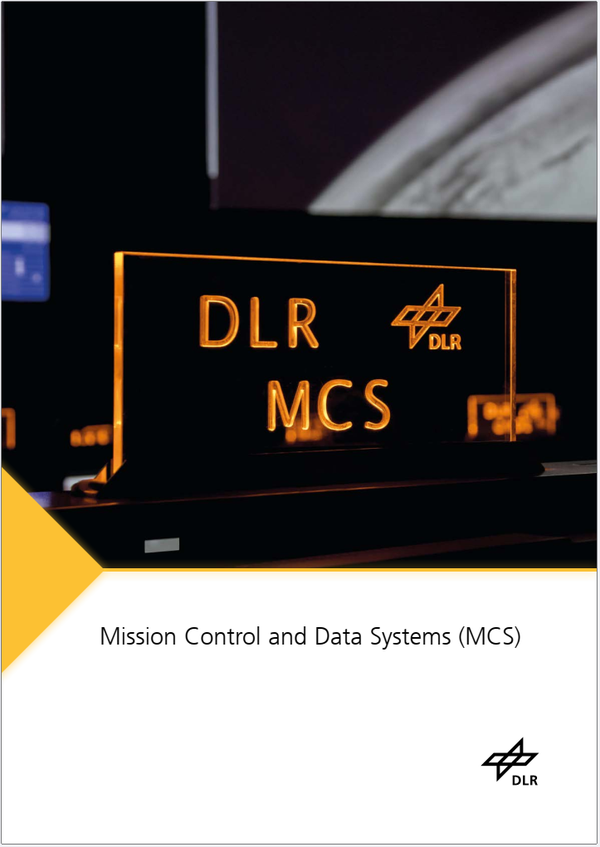Mission Control System
Mission control is characterized by satellites being highly complex and expensive technical system which are out of reach once they are in orbit. The spacecraft is connected with its operators by only a thin umbilical consisting of radio signals. The operators have to form themselves a picture of a more or less autonomously acting space system on the basis of abstract data and graphs, anticipate and solve problems and eventually keep up the satellite’s mission. Very often only the specialist perceives the on-board processes.
The monitoring and control systems interpret the data, translate them into readable entities, generate diagrams and determine trends. Of course compared to the pioneer days the capabilities of ground hard- and software have grown beyond any expectation, on the other hand also complexity of on-board systems increased.
Despite the growing satellite fleets the workload of the experts, certainly limited in number, shall be kept low by enhancements of the mission control systems. Decision-makers on ground must be provided all necessary data quickly and reliably. Key words are ergonomics and efficiency.
Automations shall relief users from routine tasks, without hiding processes behind the scenes. Every autonomous decision must be traceable and modifiable, because responsibility can not be delegated to machines. Only human beings can react appropriately on the unforeseen. The human-machine interface has constantly to be improved. The decisions of the responsibles can only be as good as the underlying information are fast, clear, unambiguous and complete. So the presentation of Satellite TM must have these qualities.
The amount of data which is to be processed grows with increasing on-board capabilities. In the opposite direction, more and more complex tasks of the spacecraft require the transmission of longer command sequences. The improvement data processing performance and efficient organisation of the data archives are important goals for further development.
Satellites tend to be expensive single-unit products as they are bound towards the unexplored, make available state-of-the-art sensor and communication technology. Nevertheless the ground control attempts to reduce cost by as far as possible re-using components. To facilitate that standardisation efforts are undertaken by international committees. Having started with data-structures and protocols (see CCSDS Packet TM/TC or Space Link Extensions) the focus has shifted towards interfaces within the control centre. System engineers of future control centres will be able to choose out of a box between optimally tested and proven building blocks, which will interact by means of a service oriented architecture. This will lead to a reduction of time and risk when the ground system of new missions has to be constructed.

